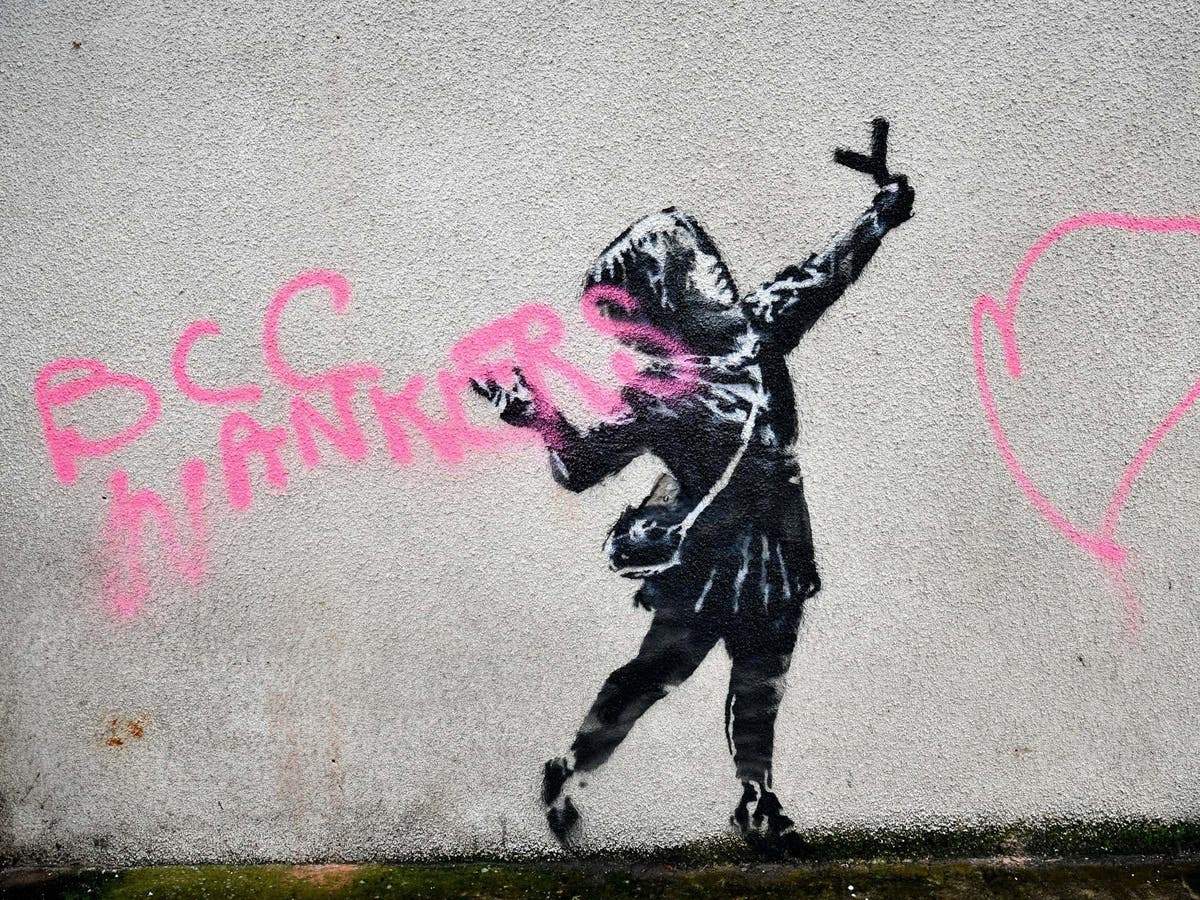Two Italian chemists, Piero Bag lioni and Michele Baglioni, both from the University of Florence (they have no degree of kinship between them despite their common surname), have invented a product to remove graffiti made by vandals on street art works. It is a phenomenon that happens often, and it is easily encountered: works executed by artists (even well-known names, from Banksy to Eduardo Kobra and so on) that are “attacked” by vandals who add decontextualized writing to them, often done to deliberately ruin the work. The finding was presented by Baglioni at a conference organized by the American Chemical Society.
The two Baglioni’s have developed a nanostructured fluid based on non-toxic solvents, loaded with high-retention hydrogels, which by its action is able to affect only the most superficial layers of the artwork (those that are overwritten by vandals), calculated to be only a few microns deep, to remove them. With the action of this special gel, all unwanted layers of paint can be removed in a short time (from a few seconds to a few minutes) without damage or alteration to the original.
This fluid was designed keeping in mind the usual chemical composition of graffiti, which is usually done with acrylic, vinyl or alkyd polymer-based paints. These are pigments that have a very similar chemical compsition, so when you try to remove the overpainted graffiti with traditional techniques you can run the risk of ruining the underlying color (this is because the types of pigments used by artists and vandals are often the same). Until now, the only way to perform this type of restoration was to use other chemical solvents or to remove the lettering by mechanical actions (such as scratching it off).
“We need to know exactly what happens on the surface of paintings if we want to design cleaners,” said Michele Baglioni. “In some ways, the chemical composition of the fluid is simple: we used surfactants, solvents and polymers. The challenge was to combine them in the right way to get to the properties we needed.” Thus, after doing dozens of tests, which helped the Baglioni team to figure out not only the most suitable chemical composition, but also how to apply the gel without damaging the works (as well as the timing of application), an experiment was conducted on a real work of street art in Florence, with the result that it was possible to restore it without affecting the original.
“For decades,” says Piero Baglioni, “we have focused on cleaning and restoring ancient works of art that made use of colors designed to last for centuries. In contrast, modern art and street art use materials that are never designated with the goal of standing the test of time.” “This,” said Michele Baglioni, “is the first systematic study of the selective and controlled removal of modern pigments from pigments with similar chemical composition.” And now the researchers hope to be able to apply their product also to paints on modern art paintings that were designed to protect the works but, due to oxidation processes, ended up ruining them. Finally, the gel will be put on the market by the company CSGI Solutions for Conservation of Cultural Heritage, a university spin-off led by Piero Baglioni and supported by European Union programs.
Pictured: a vandalized Banksy work.
 |
| Two Florentine chemists invent a gel to restore street artwork ruined by vandals |
Warning: the translation into English of the original Italian article was created using automatic tools. We undertake to review all articles, but we do not guarantee the total absence of inaccuracies in the translation due to the program. You can find the original by clicking on the ITA button. If you find any mistake,please contact us.